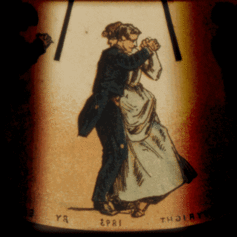"Pluto
is dead," said Caltech researcher Mike Brown, who spoke with reporters via
a teleconference while monitoring the vote. The decision also means a
Pluto-sized object that Brown discovered will
not be called a planet.
"Pluto
is not a planet," Brown said. "There are finally, officially, eight
planets in the solar system."
The vote
involved just 424 astronomers who remained for the last day of a meeting of the
International Astronomical Union (IAU) in Prague.
"I'm
embarassed for astornomy," said Alan Stern, leader of NASA's New Horizon's
mission to Pluto and a scientist at the Southwest Research Institute.
"Less than 5 percent of the world's astronomers voted."
"This
definition stinks, for technical reasons," Stern told SPACE.com.
He expects the astronomy community to overturn the decision. Other astronomers
criticized the definition as ambiguous.
The
resolution
The
decision establishes three main categories of objects in our solar system.
- Planets: The eight worlds from
Mercury to Neptune.
- Dwarf Planets: Pluto and any other
round object that "has not cleared the neighborhood around its orbit,
and is not a satellite."
- Small Solar System Bodies: All other objects
orbiting the Sun.
Pluto and
its moon Charon, which would both have been planets under the initial
definition proposed Aug. 16, now get demoted because they are part
of a sea of other objects that occupy the same region of space. Earth and the
other eight large planets have, on the other hand, cleared broad swaths of
space of any other large objects.
"Pluto
is a dwarf planet by the ... definition and is recognized as the prototype of a
new category of trans-Neptunian objects," states the approved resolution.
Dwarf
planets are not planets under the definition, however.
"There
will be hundreds of dwarf planets," Brown predicted. He has already found
dozens that fit the category.


